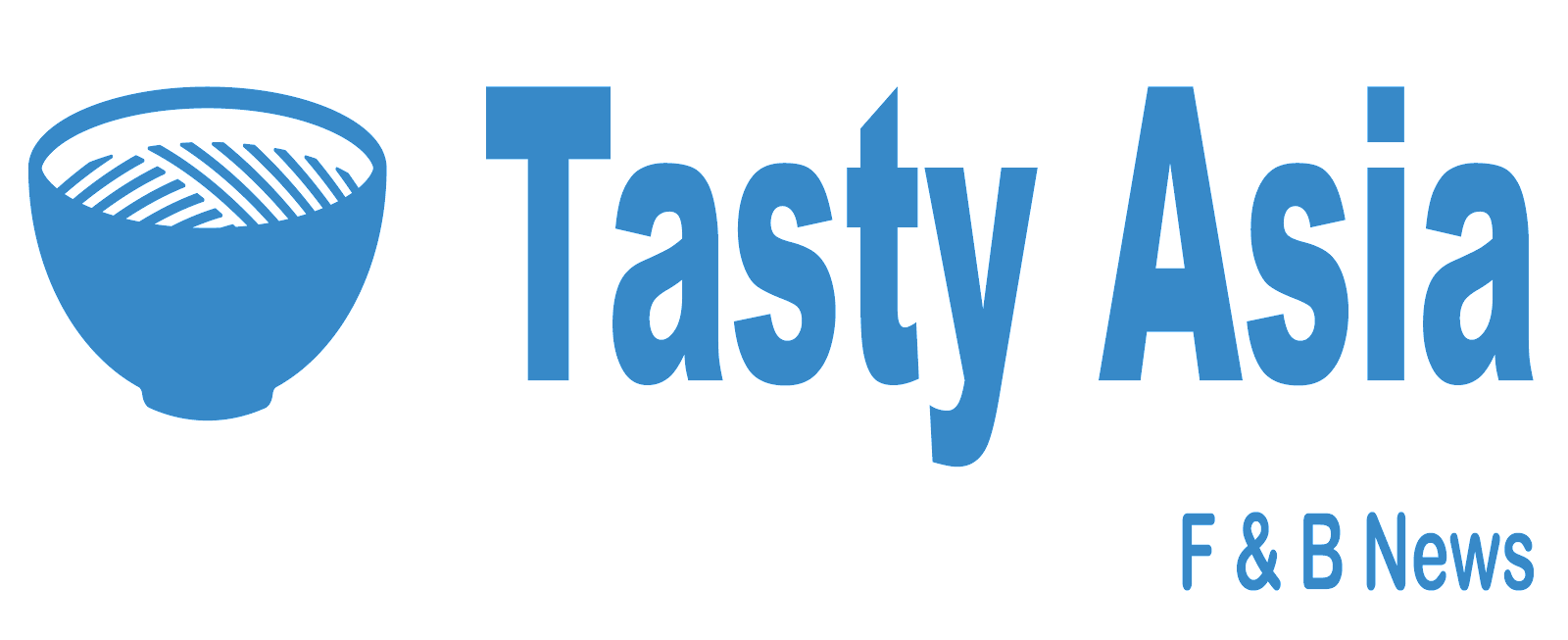The outbreak of the COVID-19 pandemic has had a positive impact on the growth of the global wheat fibre market, said Allied Market Research. Its Global Opportunity Analysis and Industry Forecast, 2021–2030 report showed that many consumers believe wheat fibre increases immunity and help fight against coronavirus disease. This belief boosted the adoption of wheat fibre for health and propelled the market growth. Aside from faith in the numerous health benefits of dietary fibres, other key growth drivers are consumers’ increased purchasing power, a surge in demand for wheat fibre supplements, and health and wellness trends.
Based on application, the food and beverages segment accounted for the largest share in 2020, contributing to more than two-fifths of the global wheat fibre market. Again, this is due to the health benefits associated with the consumption of wheat fibre-based food. On the other hand, the animal feed segment will portray the most significant compound annual growth rate (CAGR) of 8.8% from 2021 to 2030, owing to increased demand for meat products.
Based on region, North America held the highest market share in terms of revenue 2020, accounting for nearly two-fifths of the global wheat fibre market. Meanwhile, the Asia-Pacific region will witness the fastest CAGR of 8.3% during the forecast period, owing to the high demand for fibre-based food products.
However, the threat of counterfeit dietary supplements and variable standards and guidelines across regional regulatory bodies will hinder the market growth. On the other hand, the firm said untapped potential in developing markets would present new opportunities in the coming years.
Based on application, the food and beverages segment accounted for the largest share in 2020, contributing to more than two-fifths of the global wheat fibre market. Again, this is due to the health benefits associated with the consumption of wheat fibre-based food. On the other hand, the animal feed segment will portray the most significant compound annual growth rate (CAGR) of 8.8% from 2021 to 2030, owing to increased demand for meat products.
Based on region, North America held the highest market share in terms of revenue 2020, accounting for nearly two-fifths of the global wheat fibre market. Meanwhile, the Asia-Pacific region will witness the fastest CAGR of 8.3% during the forecast period, owing to the high demand for fibre-based food products.
However, the threat of counterfeit dietary supplements and variable standards and guidelines across regional regulatory bodies will hinder the market growth. On the other hand, the firm said untapped potential in developing markets would present new opportunities in the coming years.
(Image from Unsplash)


Post a Comment